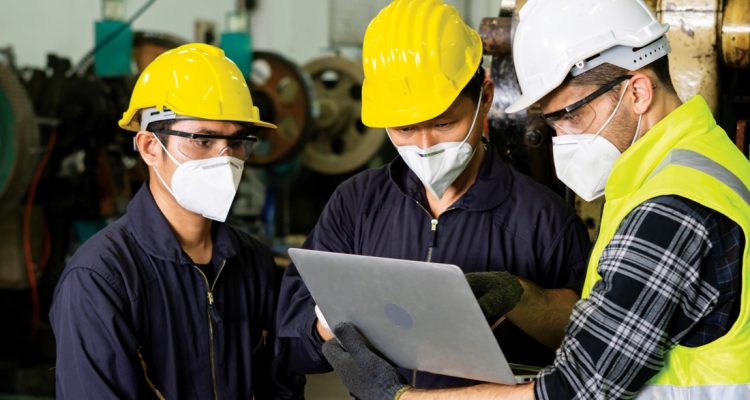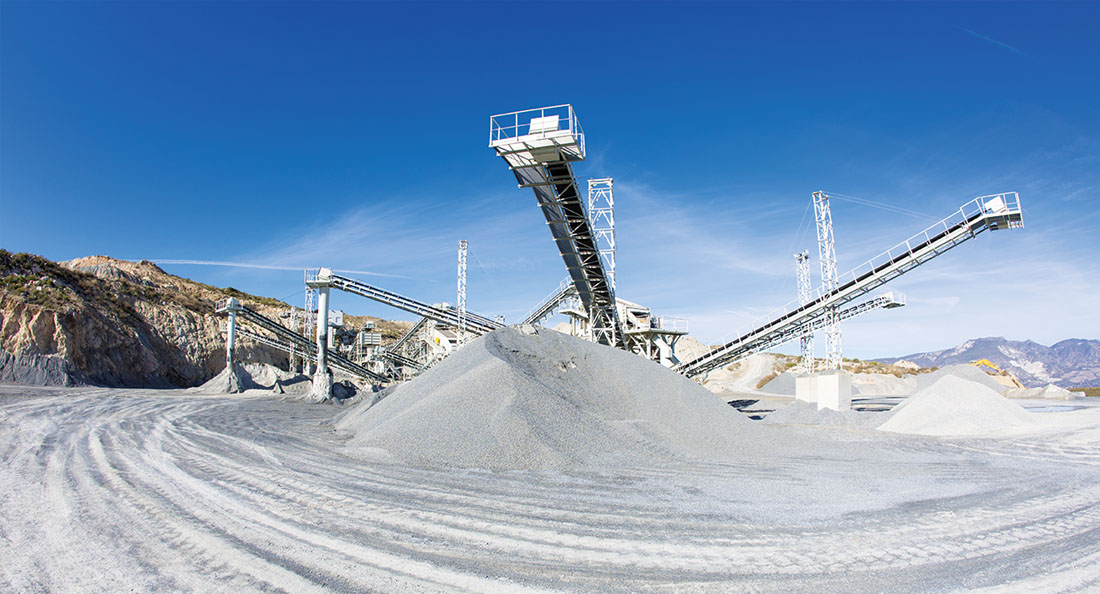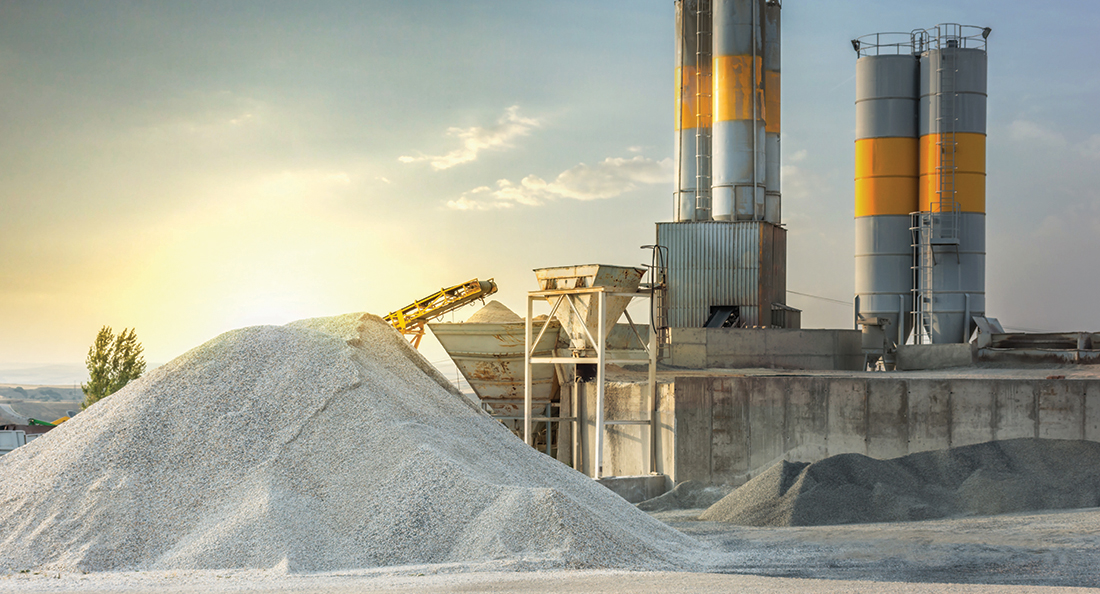Australian heavy industry continues to face challenges with an ongoing skilled labour shortage that has been compounded by global supply chain disruptions and unpredictable shifts in the global market.
Incidentally, a shortage of skilled maintenance staff on site increases the risk of a breakdown on critical equipment and machinery resulting in loss of productivity and costly replacements of industrial parts and componentry, according to Michael Greelish, National Segment Manager for Mining, Quarrying and Resources at Motion Australia.
“The Australian mining and quarrying sectors have been forced to rely solely on local labour from the existing talent pool within the country. And with companies becoming increasingly desperate to find qualified workers, many have started seeking more streamlined labour solutions to bridge the gap,” says Michael.
Having recently brought all their core businesses under one name, Motion Australia’s national footprint has expanded in terms of skills and expertise within the larger organisation, allowing the Motion Australia team to become much more involved in the engineering outcomes on site.
“We now have experts working in seals, fluid power, hydraulics, drive solutions, bearings, couplings and basically every type of fitting and installation required for every asset found on a mine or quarry site,” says Michael. “In terms of application knowledge, we have a good line of sight as to when certain assets will require maintenance and our national presence gives us a strong ability around mobility so we are exceedingly nimble for moving around the country, as needed.”
As the largest industrial solutions provider in the country, Motion Australia has been responding to the increased demand for skilled labour by tapping into their own network of engineering and technical experts to offer full-service engineering support staff in a single visit to site, according to General Manager – National Sales, Grant Gray.
“The exciting thing about working across so many markets is we have become subject matter experts across many different markets,” says Grant. “We have got the skills and the talent – whether it’s the technical know-how, the product knowledge, or getting our hands dirty on site.”
Grant explains how historically, it was frequent practice for four or five different external parties, vendors, and stakeholders to come out to a site– each with their own core competencies– and each providing various kinds of innovation at different intervals.
The result was a series of broken high-risk events all aiming toward the same engineering outcome– often with varied results.
“What we offer now is a low-risk, complete solution package under one umbrella –from design, to install, to monitoring services,” explains Grant. “A single, closed loop offering that gives site managers the opportunity to perform a full site audit and firm up their requirements in one visit from us.”
In addition to more robust on-site engineering services, Motion Australia has also been assisting with the training and upskilling of site staff.
“We are happy to offer training on all of the products we supply, facilitated by our in-house qualified trainers as well as our supply partners,” says Michael. “We regularly conduct training sessions on-site, or at one of our local branches, and we can accommodate and tailor training sessions to suit any product application, skill level, and schedule.”
One example of this is Motion Australia Quarry Training Session which has been specially tailored to cover areas of concern for a quarry.
“The Quarry Training program is a two-hour hands-on workshop that covers training on a broad range of areas including fitting conveyor bearings; gaining an understanding of how to measure the radial internal clearance; and V-Belts tensioning and alignment procedures,” explains Michael.
He notes that the workshop was designed to be “in person, PowerPoint free, and hands-on” to better assist attendees in getting a clear understanding of the correct procedures, and ultimately– ensuring bearings and belts have the best chance of surviving in a mining or quarrying environment.
And while upskilling workers is a good strategy for addressing the challenges of a skilled labour shortage, advancements in technology have also played a key role in easing the pressure off mining and quarrying managers.
“Remote condition monitoring and autonomous mobile technologies have advanced so quickly in the last five years, that we can even monitor how much grease has been put into a bearing and when the last time it was greased,” says Michael.
“Smart sensors will monitor and detect frequency and temperature changes on a piece of equipment and advise personnel of a change through an email or SMS message. This way, sites can plan service intervals and downtime, rather than responding reactively.”
Since basic remote online monitoring units have become affordable and accessible to the market in recent years, Michael says many more sites are becoming eager to install remote condition monitoring sensors on their most critical pieces of equipment.
“The team at Motion Australia offer products and support for these technologies in partnership with our suppliers. We are continuously looking for better ways to connect site managers with the information and the resources that they need at any given moment,” says Michael. “And while we can’t be out on site all the time, we can provide the solutions, tools, and the training they need.”
“I love the idea of our team as a resource pool and it’s important that site managers feel like they can tap into our resources at any time,” concludes Grant. “We want our customers to know that our relationship extends beyond invoicing. We have resources, and we have scalability for those resources. And regardless of what your view of the market is right now, when you have scale, you can deal more readily with shifts in the market.”




